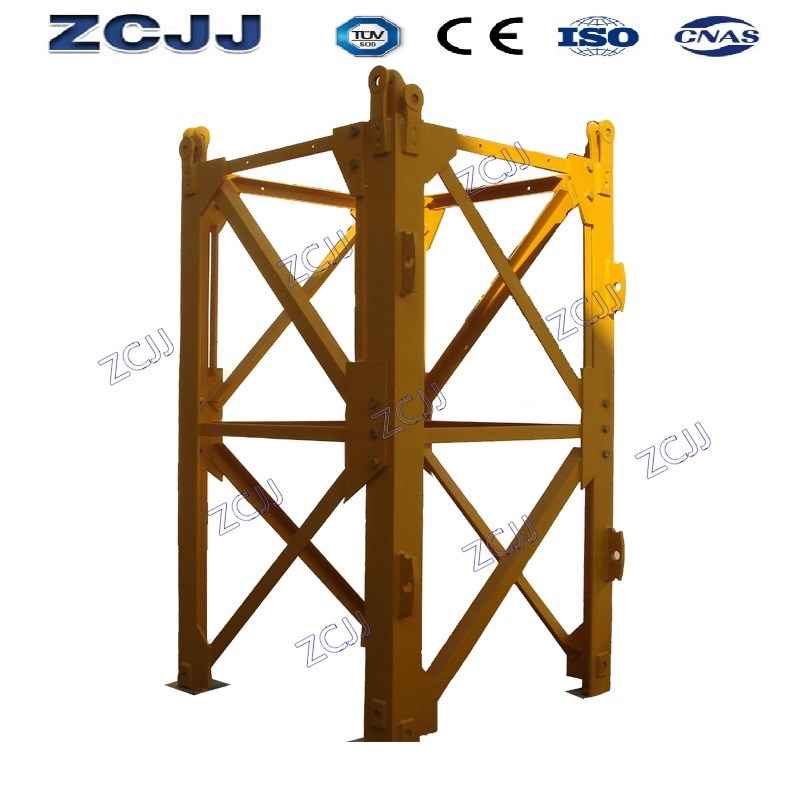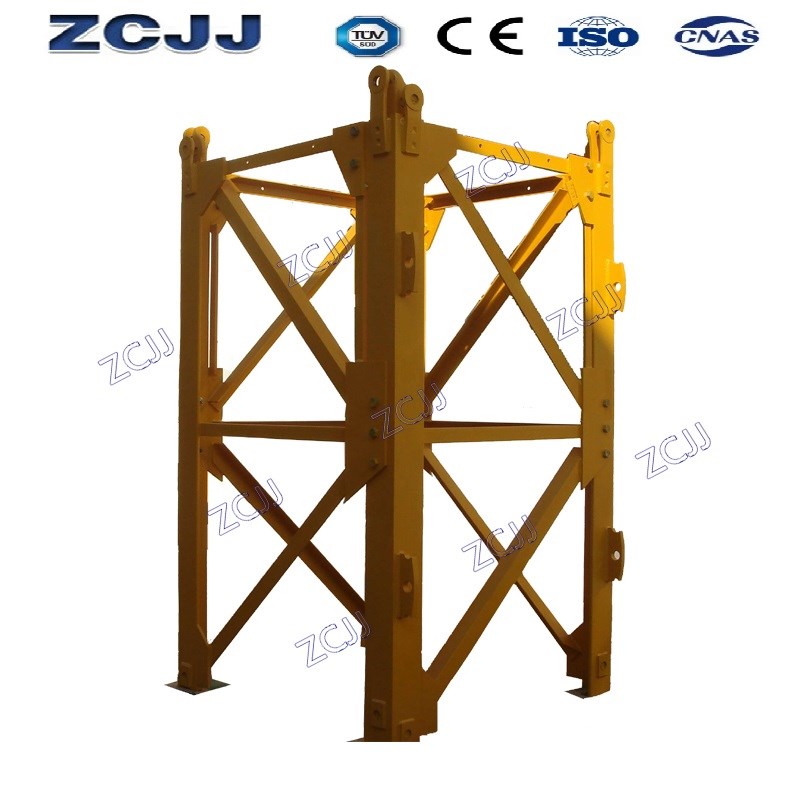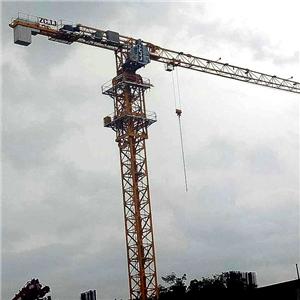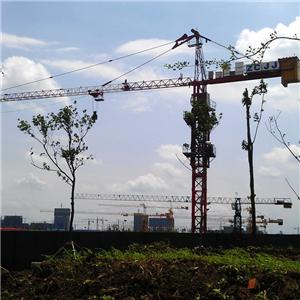L46A1 Mast Section Introduce some common defects of tower crane
1、 Bearing seat defect
Defect 1: the fixing method of the support base is not reliable
In a tower lifting accident, because of the tearing of the welding base plate between the support base of the climbing claw and the jacket, the climbing claw turned up, and the jacket of the jacking lost its support, causing the tower crane jacket and the upper structure to overturn. The reason is that the thickness of the support plate of the accident tower crane is 25 mm, while the thickness of its welding bottom plate is only 8 mm, and the strength of the welding bottom plate is insufficient.
Defect 2: poor welding quality of support seat
If the weld size is too small, the strength of the welded joint will be reduced; if the weld size is too large, the welding stress and deformation will be increased; if the weld reinforcement is too large, the stress concentration will be caused and the working performance of the structure will be weakened. Welding crack is a dangerous welding defect, which is the origin of welding structure fracture and has great harm. In addition, the welding of support seat is easy to produce porosity defects.
2、 Claw defect
Defect 1: low strength of crawling claw, no large safety reserve
In fact, this kind of defect often occurs in the manufacturing stage of tower crane, which reduces the requirements of the original design standard without authorization. It is suggested that the crawler claw is the most critical load-bearing structure in the process of tower top lifting. The fracture often causes major safety accidents of tower crane. The time safety factor should be increased to ensure that a large safety margin is retained in use.
Defect 2: unqualified material, brittle claw
Brittle fracture is often caused by the material defect as the fracture source. This kind of macro crack source can come from: process defect, such as the fine crack caused by the non-uniformity of martensitic aging steel structure not eliminated during rolling; the crack caused by the excessive concentration of local structural stress due to improper structural design; the fatigue or stress corrosion crack produced in use; this kind of crack is often far and low Under the stress of yield limit, it gradually expands and leads to sudden fracture.







